Audio Article
The Primordial Chill and the First Spark
There is a specific kind of silence that falls over the world in late December. You know the one. It isn’t just the absence of noise; it’s the absence of warmth. It is a silence that seeps through the cracks in the window frames and settles into the marrow of your bones. Long before we had central heating to hum us to sleep or electric blankets to mock the frost, this silence was a predator. It was the breath of winter, and for our ancestors, it whispered a terrifying possibility: that perhaps, this time, the sun might not come back.
We like to think of ourselves as sophisticated, modern creatures who have outgrown the superstitions of the past. We have Wi-Fi, antibiotics, and apps that deliver Thai food to our doorsteps at 2 AM. Yet, strip away the glowing screens and the LED streetlamps, and we are still the same shivering animals huddled in a cave, terrified of what lies just beyond the circle of firelight.
The Instinct to Ignite
This is where the story of the winter festival truly begins. It doesn’t begin in a temple, a church, or a shopping mall. It begins with a flint and a stone. It begins with the frantic, desperate need to push back the encroaching shadows. Whether you are lighting an Advent candle, kindling a Yule log, spinning a dreidel by the light of the Menorah, or setting out a clay Diya, you are performing a ritual that is older than written history. You are participating in the universal human defiance against the dark.
It is somewhat ironic, isn’t it? We spend the summer months hiding from the sun, slathering ourselves in SPF 50 and complaining about the humidity. But the moment the winter solstice approaches—the darkest, shortest day of the year—we suddenly become obsessed with illumination. We string millions of tiny bulbs on trees; we light bonfires; we burn wax pillars. We are screaming at the universe, “We are still here!” It is a collective act of stubbornness. And frankly, it is beautiful.
The Anthropology of Illumination
To understand why we do this, we have to look backward—far backward. Imagine the world without light pollution. No city glow on the horizon, no headlights sweeping across the wall. Night was absolute. It was a domain where humans were not at the top of the food chain. The “dark” wasn’t just a time of day; it was a tangible threat.
The Solstice Fear
In the Northern Hemisphere, the winter solstice (usually around December 21st) marks the turning point. For ancient agrarian societies, this was a time of immense anxiety. The harvest was done. The cattle were often slaughtered so they wouldn’t have to be fed through the winter. The beer and wine had fermented. The pantry was full, yes, but the sun was dying.
The festivals that emerged during this time—Saturnalia in Rome, Yule in Scandinavia, Dong Zhi in China—were not merely parties; they were magical interventions. People believed that by lighting fires, they were practicing “sympathetic magic.” They were giving the sun a template, a reminder of what it was supposed to do: shine, burn, and return.
Sol Invictus and the Unconquered Sun
Consider the Roman festival of Sol Invictus, the “Unconquered Sun.” The Romans were masters of engineering and law, yet even they needed to reassure themselves that the sun was invincible. When the days began to lengthen again after the solstice, it was treated as a divine rebirth. We see this echoed in almost every culture. We celebrate not just the light, but the return of the light. It is the promise that the darkness is finite.
A Tapestry of Light: Distinct Traditions, Shared Intent
While the rituals differ, the core mechanism is identical. We use light to sanctify time and space.
The Menorah: Light as Miraculous Endurance
Take Hanukkah, for instance. The Festival of Lights commemorates a military victory, yes, but the central miracle is about oil. It is about a resource that shouldn’t have lasted, lasting. In the depths of winter, when resources were historically scarce, the idea that a small cruet of oil could burn for eight days is a powerful narrative of endurance. It resonates because we all feel that resource scarcity in winter—not just physical resources, but emotional ones. We feel depleted. The Menorah reminds us that we have reserves we didn’t know existed.
Diwali: The Triumph of Knowledge
Though Diwali often falls a bit earlier, in autumn, the symbolism of the Diya (oil lamp) runs on the same current. It represents the victory of light over darkness, good over evil, and importantly, knowledge over ignorance. This adds a layer to our universal flame: light isn’t just survival; it is clarity. In the dark of winter, it is easy to lose perspective, to fall into the gloom of ignorance or despair. Lighting the lamp is an act of mental hygiene as much as it is a spiritual one.
The Yule Log: Burning the Past
The ancient Germanic and Norse tradition of the Yule log is perhaps the most visceral. You drag a massive log into the house—originally a whole tree—and burn it for twelve days. It’s a bit messy for a modern apartment (and likely a violation of your lease), but the symbolism is potent. You are bringing the raw chaos of nature inside, containing it in the hearth, and using it to warm the family. The ashes were often spread on fields to ensure fertility. It is a cycle: destruction fueling creation.
The Psychology of the Glow
Why does a flickering flame comfort us more than a fluorescent bulb? You have likely noticed that nobody gathers around a radiator to tell ghost stories. There is no romance in a heat pump.
The Flicker Frequency
Evolutionary psychologists suggest that we are hardwired to relax in the presence of a campfire. It signals safety, warmth, and cooked food. It also signaled “community.” The fire was the original social network. It was where the tribe gathered to share information. When we light candles today, we are hacking our own biology, triggering a release of oxytocin and dopamine that counters the seasonal gloom.
Combating SAD with Symbols
We now know about Seasonal Affective Disorder (SAD), a type of depression related to changes in seasons. Our ancestors didn’t have the clinical diagnosis, but they had the cure: socialization and light. By turning the darkest weeks of the year into a period of mandatory festivity, feasting, and brightness, they were engaging in a massive, community-wide public health intervention. They forced joy into a joyless season.
Beyond Religion: The Human Spirit
It is easy to get bogged down in the theological differences of these festivals. One celebrates the birth of a savior, another a miracle of oil, another the solstice itself. But if you zoom out, the theology is the wrapper; the light is the gift.
When you walk down a street in December and see lights in the windows—whether they are electric fairy lights, a seven-branched candelabra, or a simple candle—you aren’t just seeing decoration. You are seeing a signal. It is Morse code from one human soul to another, saying, “It is cold, and it is dark, but I am awake, and I have made a fire.”
The Modern Darkness
We live in an age of uncertainty. The darkness we face today isn’t always about wolves or freezing temperatures. It’s economic anxiety, political polarization, and the isolation of the digital age. In this context, the universal flame becomes even more crucial. It is a defiance of cynicism. To light a candle is a small, almost trivial act, but it is an act of hope. It asserts that the light is worth the match.
Keeping the Fire
So, as the nights draw in and the sun clocks out early, don’t begrudge the darkness. It is the canvas upon which we paint our humanity. Go ahead and untangle those frustrating strings of lights. Light the candle that smells like cinnamon and nostalgia. Strike the match.
You are not just decorating. You are joining a lineage of survivors that stretches back to the very first time a human hand cupped a spark to shield it from the wind. You are keeping the universal flame alive. And in a world that can feel increasingly cold, that is no small thing.
Focus on Language
Part 1: Vocabulary and Speaking
Let’s dive right into the language that makes this topic burn so brightly. We are going to look at how we talk about light, darkness, and the feelings they evoke, but not in a boring textbook way. We are going to look at ten specific keywords and phrases that appeared in the article or are deeply related to it, and we’re going to unpack them so you can actually use them in your daily life without sounding like you swallowed a dictionary.
First up is Visceral. We used this to describe the feeling of winter silence and the Yule log tradition. Visceral comes from the word “viscera,” which means your internal organs—your guts. So, if you have a visceral reaction to something, you feel it deep in your body. It’s not intellectual; it’s physical. You can use this when you talk about strong emotions. You don’t just “dislike” a horror movie; you have a visceral reaction to the gore. Or maybe you feel a visceral fear of heights. It elevates your English because it shows you understand the difference between thinking and feeling.
Next, let’s look at Primordial. We talked about the “primordial chill.” This word screams “ancient.” But more than ancient, it means existing at the very beginning of time. It’s raw and basic. You might talk about a primordial soup in biology, but in conversation, use it to describe instincts. “I had a primordial urge to scream when I dropped my ice cream.” It adds a dramatic flair. It suggests that the feeling is buried deep in your DNA.
Then we have Encroaching. We mentioned “encroaching shadows.” To encroach is to intrude on a person’s territory or rights gradually. It’s a creepy word. It implies a slow, steady takeover. You can use this in business or personal boundaries. “I feel like work is encroaching on my weekends.” It’s a sophisticated way of saying something is crossing the line, but doing it slowly so you almost don’t notice until it’s too late.
Let’s talk about Respite. A respite is a short period of rest or relief from something difficult or unpleasant. The festivals provide a respite from the winter gloom. In real life, this is a great word for when you are overwhelmed. “This coffee break is a welcome respite from the meeting.” It sounds much more elegant than just saying “break.” It implies that the thing you are taking a break from is burdensome or heavy.
Moving on to Ephemeral. This wasn’t explicitly in the text, but it’s the perfect antonym for what we crave in winter. Ephemeral means lasting for a very short time. The sunlight in December is ephemeral. The match flame is ephemeral. We usually use this to describe beauty or moments that flee. “Fashion is ephemeral.” “The joy of eating chocolate is ephemeral.” It’s a beautiful, poetic word that adds a philosophical touch to your speech.
Number six is Sentinels. We didn’t use this exact word, but we described lights as signals. A sentinel is a soldier or guard whose job is to stand and keep watch. You can describe the streetlights as sentinels in the dark. Or perhaps trees standing as sentinels in a forest. Using this word personifies objects, making your descriptions much more vivid. “The empty coffee cups stood like sentinels on his desk, guarding his exhaustion.”
How about Circadian Rhythm? We touched on biology. Your circadian rhythm is your internal body clock. It’s what gets messed up by jet lag or staring at your phone at midnight. Using this phrase shows you are educated about health and biology. “I need to fix my circadian rhythm before I go back to work.”
Then there is Tangible. We said the dark was a “tangible threat.” Tangible literally means perceptible by touch. If something is tangible, you can hold it. But we use it metaphorically to mean something very real and definite. “There was tangible tension in the room.” It means the tension was so thick you could almost touch it.
Number nine is Manifestation. A manifestation is an event, action, or object that clearly shows or embodies something, especially a theory or an abstract idea. The festivals are a manifestation of our hope. You can use this to describe symptoms or results. “His bad mood is just a manifestation of his hunger.”
Finally, let’s look at Indomitable. This relates to “Sol Invictus” or the unconquered sun. Indomitable means impossible to subdue or defeat. You can describe a person’s spirit as indomitable. “My grandmother has an indomitable will.” It is a powerful compliment.
Now, let’s transition into a Speaking Lesson. We just learned these rich, descriptive words. The goal of advanced speaking isn’t just to convey information; it is to paint a picture. We want to move from “reporting” to “storytelling.”
When you speak about your experiences, especially memories, try to avoid generic adjectives like “good,” “bad,” or “scary.” instead, lean into the sensory details and the words we just discussed.
Here is a technique called Sensory Anchoring. When you want to tell a story, pick one physical sensation to anchor the story around. Is it the cold? The smell of smoke? The brightness of a light?
For example, instead of saying, “Winter was cold when I was a kid,” try this using our vocabulary: “I have a visceral memory of the winter. The cold was tangible; it felt like a weight on my chest. The only respite we had was the fireplace, where the logs burned with an indomitable heat.”
See the difference? The second version transports the listener.
Here is your challenge: I want you to record yourself for two minutes. Describe a holiday or winter memory from your childhood. But here is the rule: You must use at least three of the keywords we discussed (like Visceral, Ephemeral, or Tangible), and you must focus on light and darkness in your description. Don’t just tell me what happened; tell me how the light looked and how the dark felt. Listen to it back. Do you sound like you are reading a report, or are you weaving a narrative? That is the gap we are trying to bridge.
Part 2: Grammar and Writing
Now that we have warmed up our voices, let’s sharpen our pens—or keyboards. We are going to tackle a Writing Challenge that focuses on “Atmosphere.”
The Challenge:
I want you to write a scene, approximately 300-500 words, titled “The Light in the Window.”
The Prompt:
A character is walking through a very dark, very cold environment (it could be a snowy forest, a power-outage city, or a lonely road). They are exhausted and perhaps afraid. Then, they see a light in a window in the distance. Describe the journey toward that light and what they feel when they see it.
The Goal:
Do not just tell me “It was dark” or “He was happy to see the light.” Show me the primordial fear of the dark and the visceral relief of the light.
Grammar and Writing Lesson:
To make this scene work, we are going to focus on three specific tools: Inversion for Emphasis, The Subjunctive Mood for Hypotheticals, and Participial Phrases for Flow.
1. Inversion for Emphasis
In standard English, we go Subject-Verb-Object. “I have never seen such darkness.” This is fine. It is functional. But it lacks drama.
Inversion flips this structure, usually starting with a negative adverbial phrase.
Standard: “I have rarely felt so cold.”
Inverted: “Rarely have I felt so cold.”
Standard: “The sun didn’t shine for days.”
Inverted: “Not for days did the sun shine.”
Why use it? It sounds literary. It sounds grand. It forces the reader to slow down and pay attention. In your scene, try to use one inversion to describe the severity of the weather. “Never before had the wind howled with such malice.”
2. The Subjunctive Mood for Wishes and “As If”
The subjunctive is a mood, not a tense. We use it for things that aren’t facts: wishes, commands, or hypotheticals.
In descriptive writing, we often use “as if” or “as though.”
Example: “The wind screamed as if it were a living thing.”
Notice we use “were,” not “was,” even though “wind” is singular. This is the subjunctive. It signals that the wind isn’t actually alive, but we are imagining it is.
Writing Tip: Use this to personify the darkness. “The shadows stretched as though they were fingers trying to grab his ankles.”
3. Participial Phrases for Flow
Choppy sentences kill atmosphere. “He walked down the road. He shivered. He looked at the sky.” This is robotic.
We can combine these using -ing verbs (present participles) or -ed verbs (past participles).
Combined: “Shivering violently, he walked down the road, scanning the sky for a sign of dawn.”
This creates a sense of simultaneous action. It makes the movie playing in the reader’s head run smoother.
Tips and Tricks for the Challenge:
Show, Don’t Tell (The Temperature Check): Don’t write “It was freezing.” Write about the consequences of the cold. Does the character’s breath turn to ice in their beard? Do their fingers fumble with their zipper? Does the snow crunch like breaking glass under their boots?
The Contrast: The brighter the light, the darker the shadow. To make the light in the window feel important, you have to make the darkness feel oppressive first. Spend the first half of your piece making the reader uncomfortable. Make them crave the light just as much as the character does.
Avoid Clichés: Try not to use “pitch black” or “blinded by the light.” Dig deeper. Is the dark “velvet”? Is it “ink”? Is the light “golden,” “anemic,” or “piercing”?
Grammar Structure Checklist for your writing:
At least one sentence using Inversion (“Never had he…”).
At least one comparison using the Subjunctive (“It felt as if…”).
A sentence beginning with a Participial Phrase (“Blinded by the snow, he…”).
By consciously applying these structures, you aren’t just writing a story; you are engineering an experience for the reader. You are taking control of the pacing and the emotional impact. Give it a try, and you might surprise yourself with how professional your writing sounds.
Let’s Think Critically
The Debate
Let’s Discuss
Here are 20 questions designed to spark deep conversation and critical thinking about the themes of light, darkness, and festivals. When you think about these, try to look past your own traditions and consider the human psychology behind them.
Is the “festive spirit” genuine, or is it a socially constructed survival mechanism?
Discuss: Are we actually happy in December, or do we agree to act happy because the alternative (winter depression) is too difficult to manage alone?
Has the invention of electric light killed the spiritual significance of these festivals?
Discuss: When we can banish the dark with a switch, does lighting a candle lose its power? Does convenience erode meaning?
Why do almost all cultures associate “darkness” with “evil” and “light” with “good”?
Discuss: Is this purely biological (fear of predators), or is there something more philosophical? Are there cultures where darkness is seen as benevolent?
Is the commercialization of winter holidays a distraction from the “universal flame,” or is it just a modern version of the “feast”?
Discuss: We criticize buying gifts, but ancient people slaughtered cattle and feasted. Is spending money just our modern way of resource dumping?
How does Seasonal Affective Disorder (SAD) influence the evolution of religion?
Discuss: If humans didn’t get depressed in winter, would we have Christmas, Hanukkah, or Yule? How much of theology is actually biology?
In a multicultural society, how do we share the “light” without appropriating each other’s traditions?
Discuss: Can you celebrate the concept of Diwali or Hanukkah without belonging to those faiths? Where is the line between appreciation and theft?
Why are we obsessed with “returning” light (solstice) rather than just enduring the dark?
Discuss: Why is endurance not enough? Why do we need the promise of rebirth?
What is the modern equivalent of the “Yule Log”—the thing we burn or sacrifice to get through the winter?
Discuss: Is it our savings accounts? Our diets? What do we consume to stay warm metaphorically?
Does the excessive use of artificial light during festivals contribute to a disconnection from nature?
Discuss: We light up the night so much we can’t see the stars. Have we conquered the dark too well?
If we lived on a planet with no seasons (no winter), would we still have festivals of light?
Discuss: How much of our culture is dictated by the tilt of the Earth’s axis?
Why is “warmth” inextricably linked to “love” in human language?
Discuss: “A warm welcome,” “cold-hearted.” Is this linguistic or physiological?
Do introverts and extroverts experience the “Universal Flame” differently?
Discuss: The article mentions community gathering. Is the winter festival a nightmare for those who find comfort in solitude and darkness?
Is the fear of the dark a learned behavior or an instinct?
Discuss: Do babies fear the dark before they are taught to?
How does the concept of “Hope” change when resources are plentiful versus when they are scarce?
Discuss: Is hope cheaper today than it was for our ancestors?
Can a digital candle (on a screen) hold the same spiritual weight as a real wax candle?
Discuss: This challenges the definition of ritual. Is it the intent or the physical act that matters?
Why do we tell ghost stories in the winter (A Christmas Carol, etc.)?
Discuss: Why invite fear into the house when you are trying to feel safe? Is it a form of inoculation against real fear?
Is the pressure to be “joyful” in December toxic for those who are grieving?
Discuss: The article speaks of “forcing joy.” When does this become harmful denial?
How do equatorial cultures (who don’t experience deep winter) celebrate light differently?
Discuss: Does the metaphor hold up in the tropics?
If humanity migrates to Mars (where the day/night cycle is different), how will our winter festivals evolve?
Discuss: Will we keep Earth dates, or create new festivals based on Martian movements?
Is the “Universal Flame” actually a celebration of human defiance against nature?
Discuss: Are we celebrating nature, or our ability to survive despite nature?
Critical Analysis
Now, I want to step in as a bit of a skeptic—or perhaps just an observer looking from a different angle. The article paints a very romantic picture of humanity huddling together against the cold, united by a noble flame. It’s a beautiful image, but it might be a little too neat.
First, let’s challenge the idea that the “darkness” was always the enemy. We talked a lot about fear—predators, freezing, the sun not returning. But historically, the winter was also the only time agrarian societies actually rested. The “dark” wasn’t just a threat; it was a mandatory vacation. By painting darkness exclusively as a monster to be fought with light, we might be projecting our modern, productivity-obsessed anxiety onto our ancestors. Maybe they didn’t light fires just to fight the fear; maybe they lit fires because, for the first time in months, they had time to sit around one.
Secondly, there is the issue of “Shared Human Resilience.” It’s nice to say we all share the flame, but history shows that festivals of light were often used to define who was “in” and who was “out.” The Romans didn’t just celebrate Sol Invictus; they used it to reinforce political loyalty to the Emperor. The church co-opted pagan dates not necessarily to “share” the resilience, but to overwrite existing cultures. The flame can be a beacon, but it can also be a border. “This is our light, not yours.” We need to be careful not to sanitize history for the sake of a “Kumbaya” moment.
Also, consider the modern implications of “combating darkness.” We are currently in an ecological crisis of light pollution. We have combated the dark so effectively that we are disrupting the migration of birds and the breeding of insects. Perhaps the “Universal Flame” has become a forest fire. We have lost the respect for the dark that our ancestors had. They lit a candle because the dark was vast; we light floodlights because we refuse to acknowledge the dark exists.
Finally, the article focuses heavily on the visual aspect of these festivals. But for many, especially in the ancient world, the “light” was secondary to the heat. We obsess over the twinkle of lights, but the survival instinct was thermal, not optical. We have aestheticized survival. We look at a Yule log and think “tradition,” but they looked at it and thought “hypothermia prevention.” It is worth remembering that the “beauty” we see in these rituals was born out of brutal, ugly necessity.
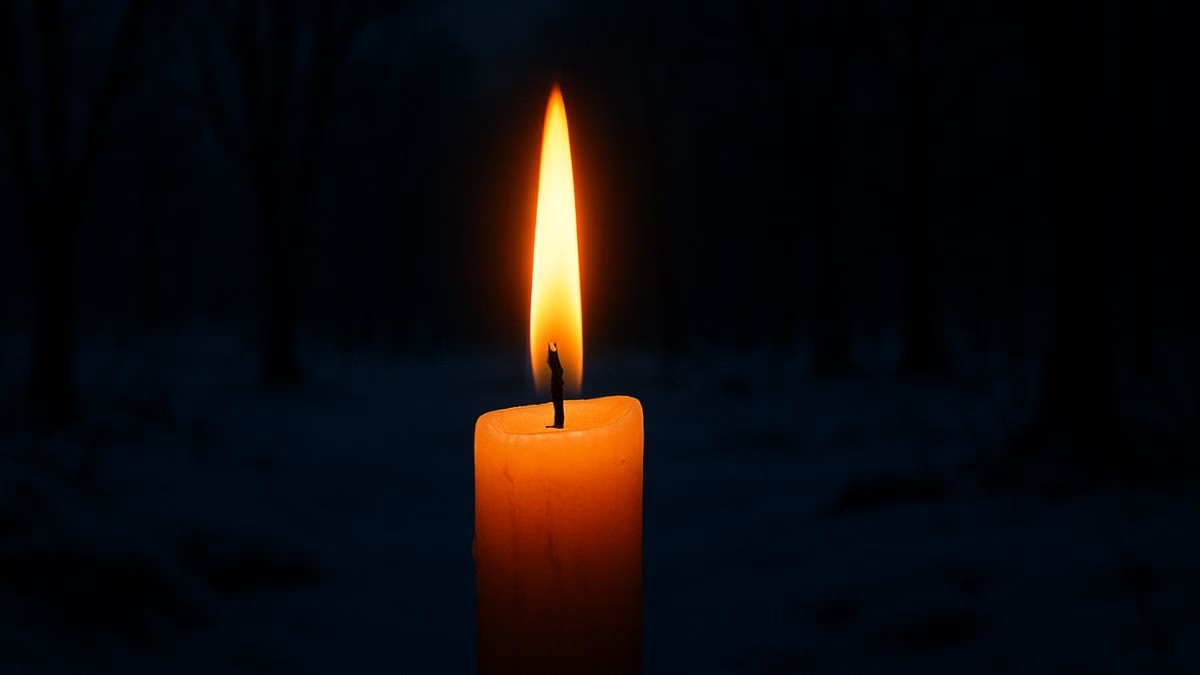
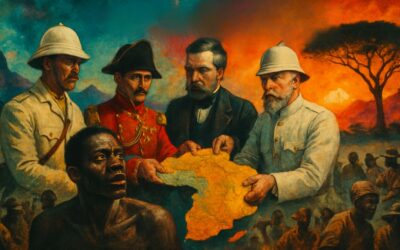


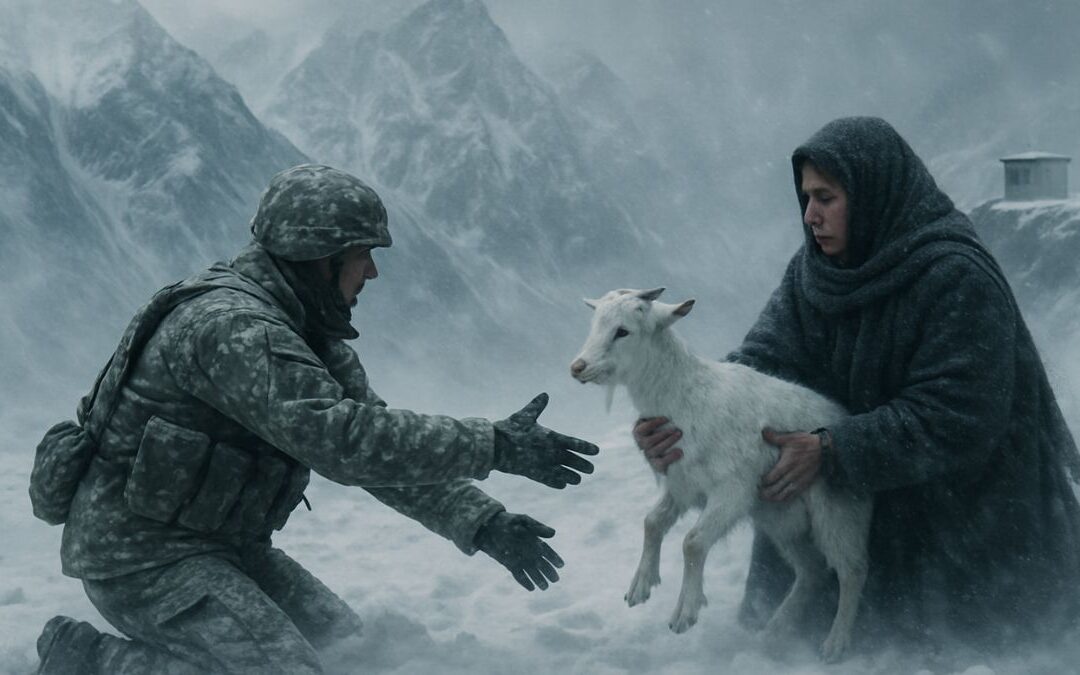
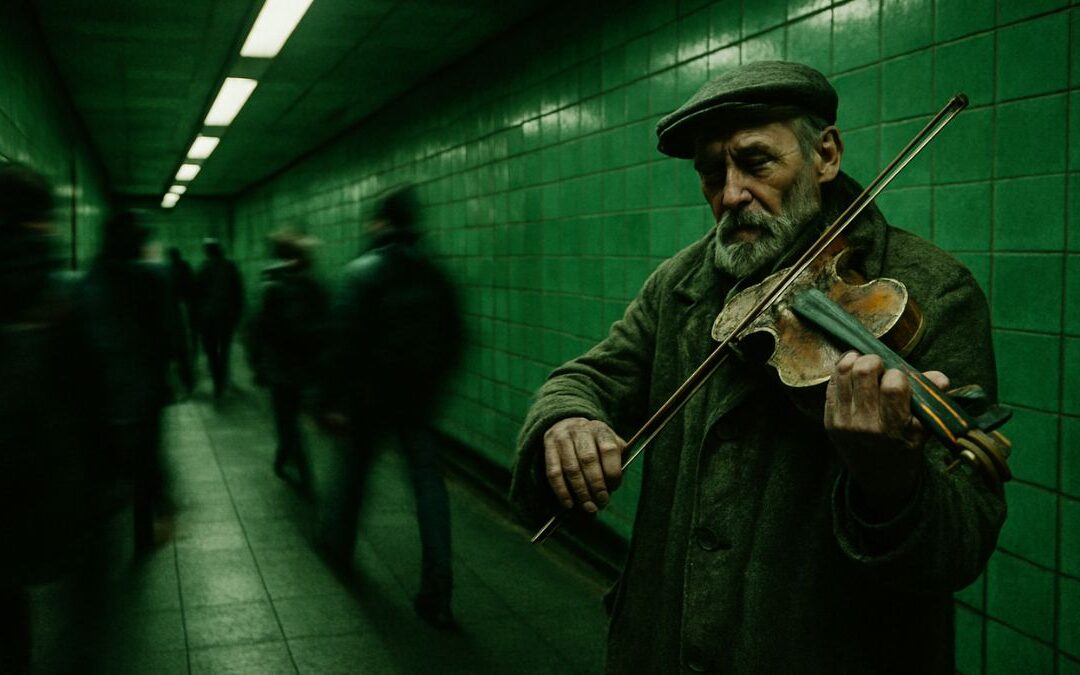
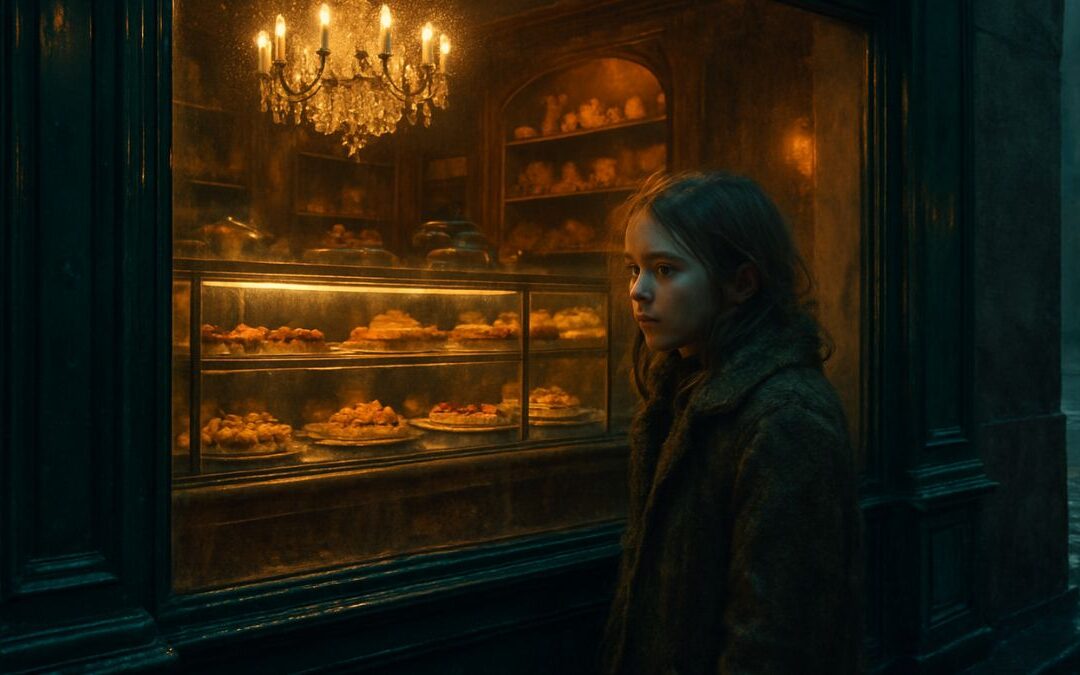
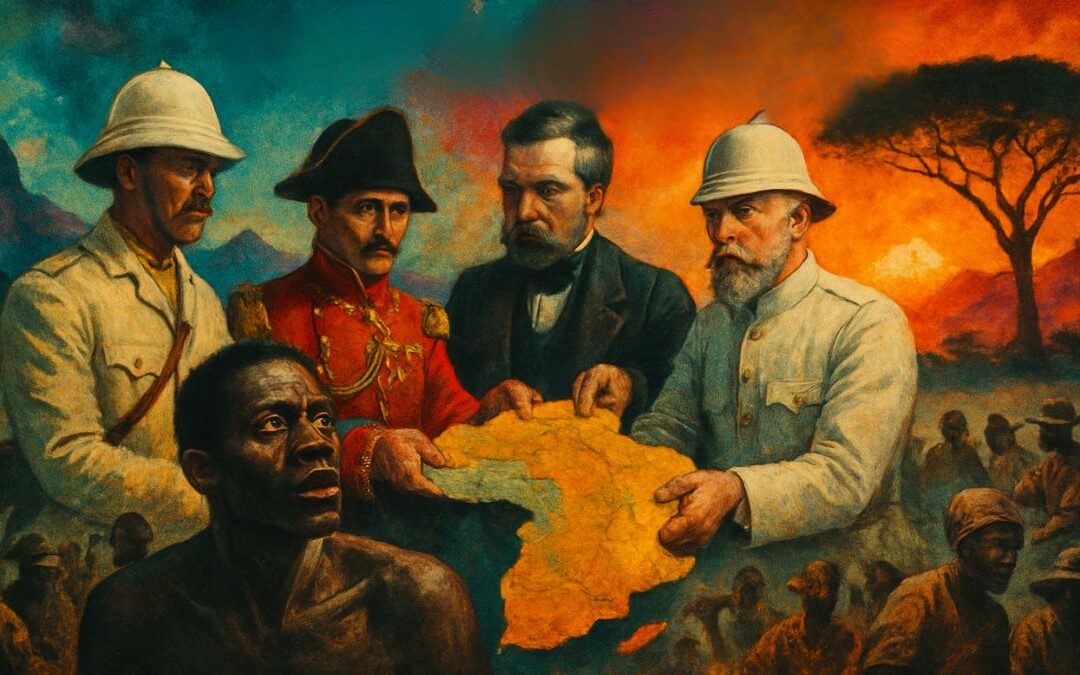
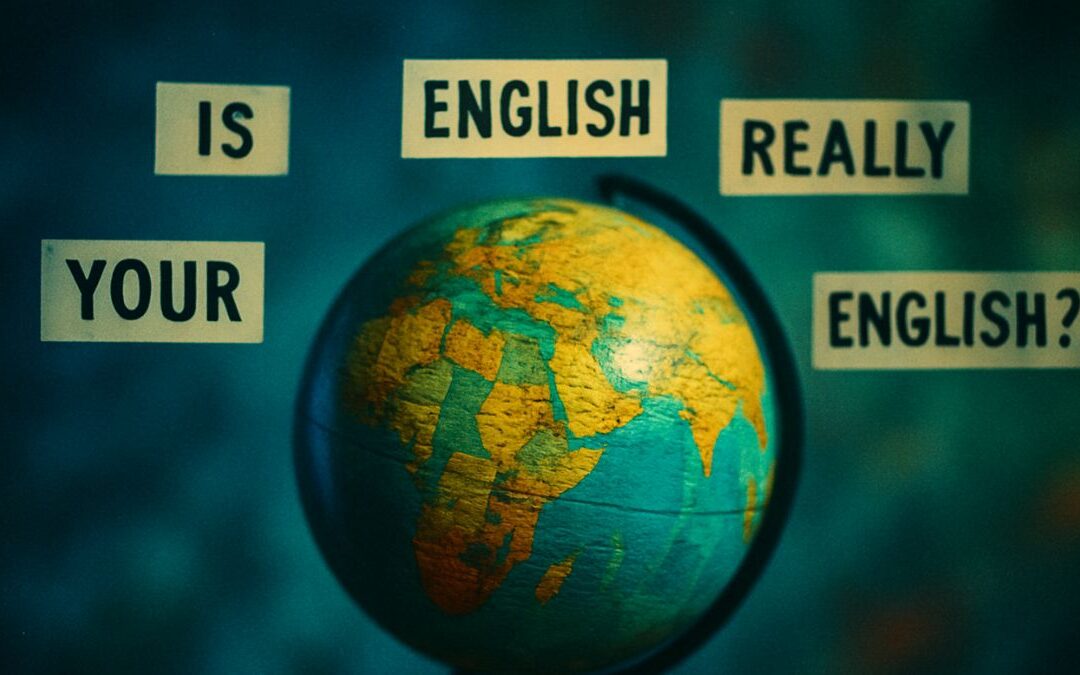
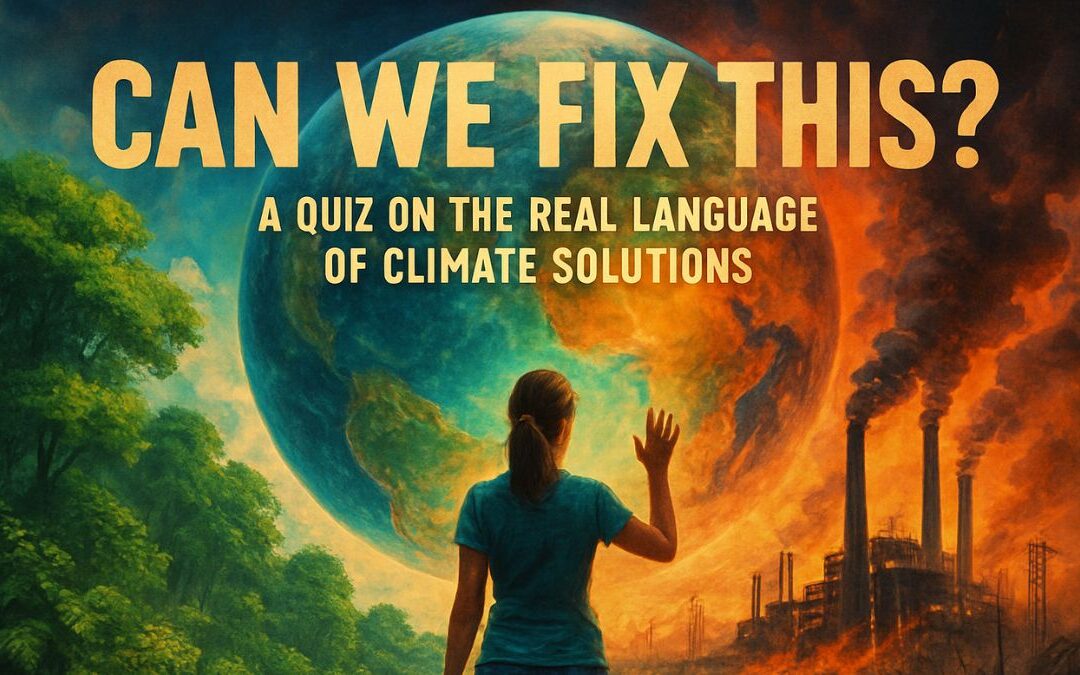
0 Comments